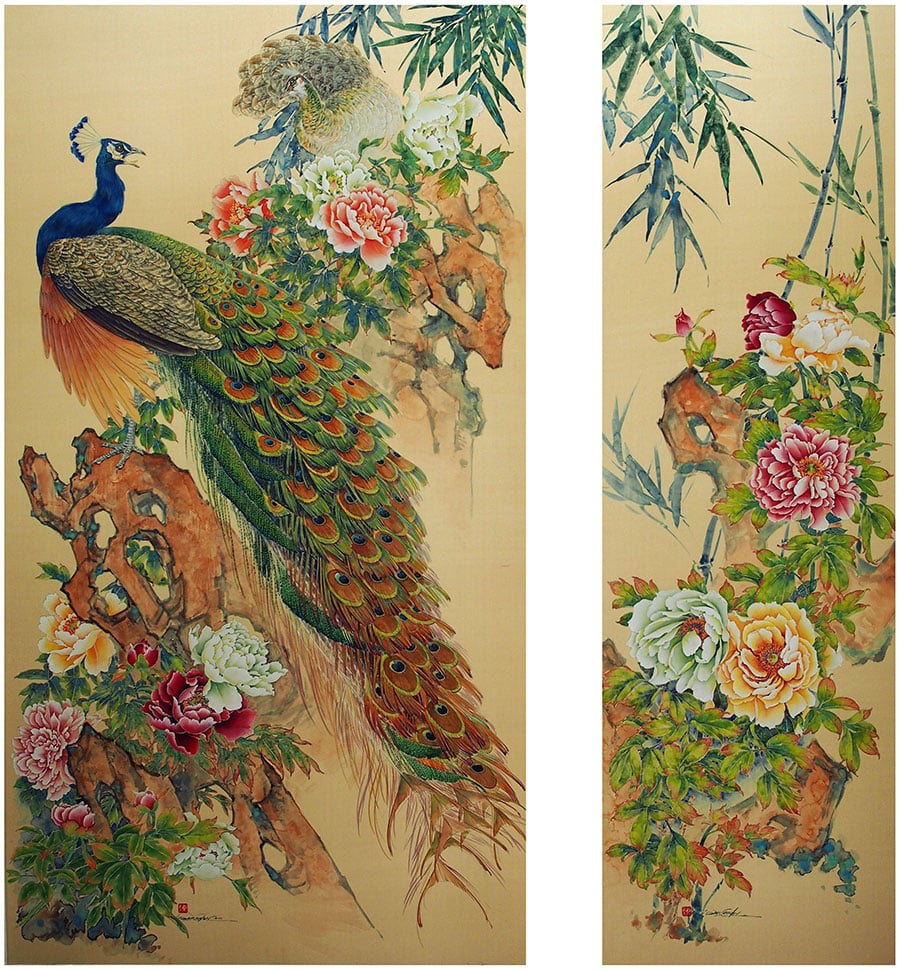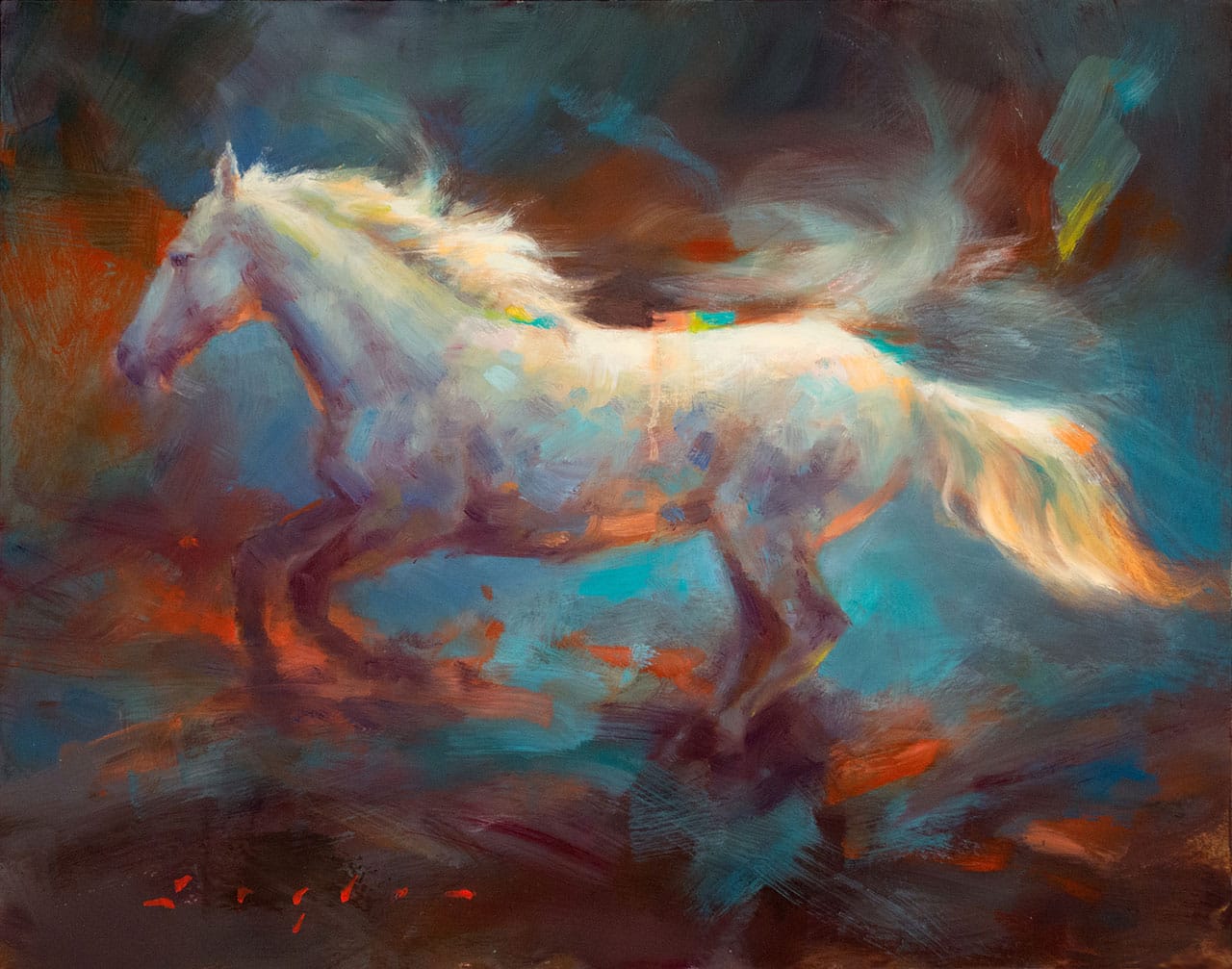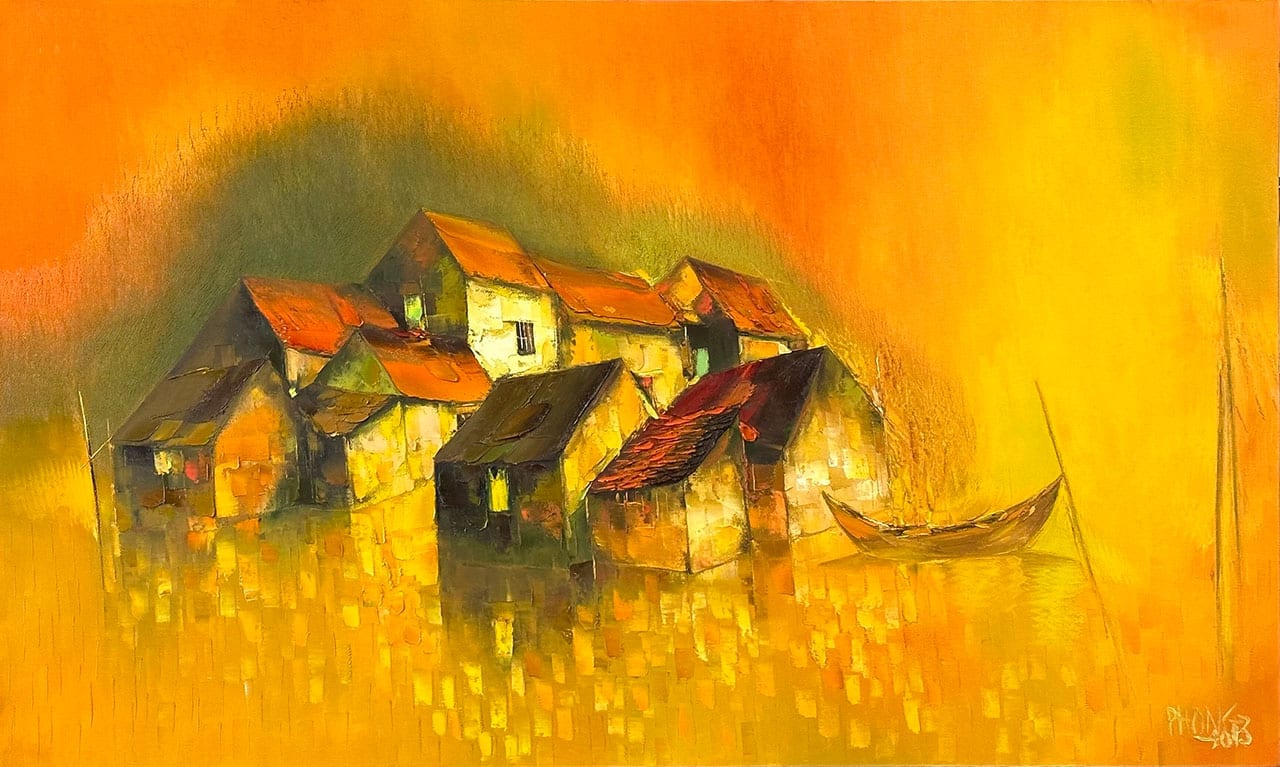If anyone walks the walk, it’s Kim Brannock. She’s a freelance outdoor apparel designer in Bend that spends as much time outside as she does in her busy design studio. And she’s on mission to save the Deschutes River.

Kim Brannock calls herself a designer of anything. “Give me something and I just problem-solve a solution,” said Brannock, 47, who spent ten years working for Portland-based Columbia Sportswear. For the past eleven years she has run her own outdoor apparel design studio, SY Design, which is sought-after by some of the biggest brands in the outdoor industry, including Filson, Simms, Nike, Columbia Sportswear and Patagonia (yes, she’s fly-fished with Yvon Chouinard and yes, you should read the account of that day on her website). She sat down with Bend Magazine to talk about designing for sustainability, Bend’s outdoor economy and more.
What are some of the challenges SY Design faces in Bend?
When I lived in Portland, there was a lot of up-and-coming young talent that I was working with all the time. That’s not as easy to find here. There are a lot of product brands, but not much in the soft goods arena. The bulk of what I do is technical, things that are seam-sealed or driven by function. There aren’t a ton of people who do that and do that well. It’s become a niche for me. Also, being a female who spends a ton of time outside, I’m a user, and I bring that to the design work I do, which is a rare combination.
Being a designer and user of this gear and apparel is interesting.
I work largely in outdoor, workwear, hunting, fishing, snowboarding and skiing. It’s interesting that a lot of these brands are located in major cities. They’re in an office in a place where it’s not that easy to get outside. When I lived in Portland, I thought I was a real user. That changed dramatically when I moved here. The accessibility is so good that I can get up in the morning and go on a backcountry tour, come back down and design all day and go back out in the afternoon and paddle or fish on the river—all while I’m working.
Has that lifestyle changed how you approach your designs?
Yeah, and I think that working with Patagonia has changed some of it, too, because I’m very environmentally conscious, and I’m fascinated now with designing things purposefully to make them not fail. I used to want to use every new technology in my designs. I didn’t even think about if it was durable. Now, I think about that a lot, from how you place seams in garments to what types of material you choose. As designers, we have this big impact at the product level to make these choices that can impact change. When companies are building, five, ten or twenty thousand pieces of something you designed, that’s a big environmental toll.
Do you think outdoor products and companies in Bend are being conscious of their environmental impacts?
Yes, I think it’s really exciting right now. Many smaller brands aren’t in business to become billion dollar brands. They have a reason that they started and usually have some meaning behind it. The biggest challenge is that some of that is superficial right now. It’s popular right now to be a brand and have this social or environmental story but not understand the depth of what that means. Everyone wants to say they’re doing something great, but the next step is for people to research their story and what that actually means to act on it. It’s one thing to say it, but it’s another to be authentic and transparent about it.
You have a river conservation project. How did the Coalition for the Deschutes begin?
I ended up rescuing fish on the upper Deschutes the first year I moved here. There were thousands of fish that died, and through that, I felt compelled to do something more. I discovered that there was a big problem that nobody wanted to tackle, but meanwhile the river is in a rapid decline. Most people don’t know that. It looks beautiful on the surface, but below, it’s extremely unhealthy. There’s a lot going on in the outdoor industry right now with creatives using their skills to do grassroots advocacy work. It’s rewarding to use my creative skills toward something meaningful, has a lot of depth to it and also supports the place where I live and the soil I’m connected to. But grassroots advocacy is hard, hard work.







